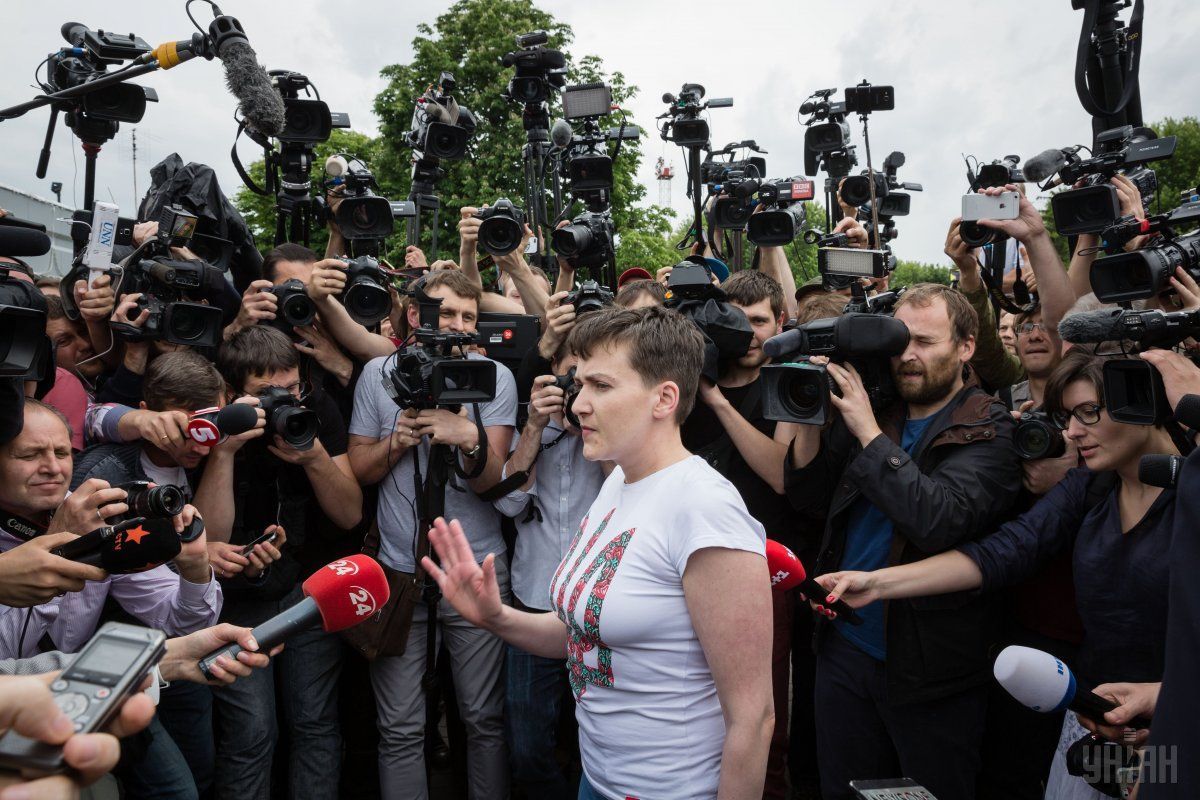
Legend of Savchenko: Story of Captivity
On May 25, 2016, the Ukrainian female pilot and a member of parliament, the most high profile of Ukrainian citizens, who have become the Kremlin’s captives, Nadia Savchenko finally returned home. The Ukrainian citizen was a prisoner of the Russian Federation for more than 700 days. UNIAN remembers the key moments of the history of Nadia’s captivity.
An "operation" for the release of Nadia Savchenko from a Russian prison on Wednesday, May 25, ceased to be a secret after her lawyers’ postings on social networks. In particular, Nikolai Polozov wrote that Savchenko had been "pulled out of the claws of Mordor." Ahead of the landing at Boryspil airport of the Ukrainian president’s plane which took Savchenko back to Ukraine from Rostov-on-Don, master of the Kremlin Vladimir Putin signed a decree pardoning the Ukrainian pilot. That’s despite no respective petitions were filed by Nadia Savchenko.
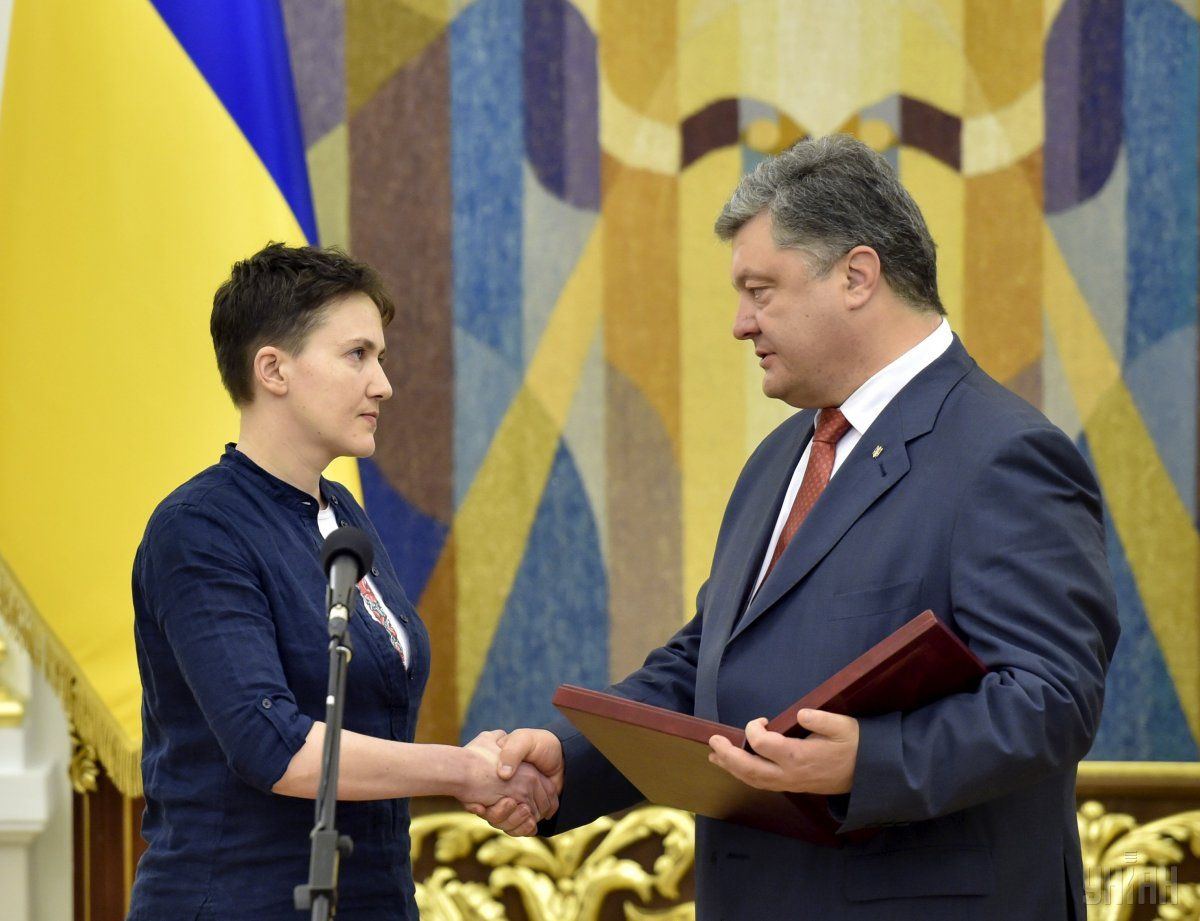
According to Putin's spox Dmitry Peskov, it was the families of the Russian journalists killed in Donbas who asked President Putin to grant pardon to the Ukrainian pilot due to "humanitarian considerations. It’s with the complicity in the murder of these reporters that Savchenko was wrongfully charged. Peskov also confirmed that two Russian special forces troops convicted in Ukraine Alexander Alexandrov and Yevgeny Yerofeyev were returning to Russia from Ukraine in exchange for Savchenko after being pardoned by President Poroshenko. However, there was no spot for meeting the two soldiers in Putin's schedule for the day. At the same time, Nadia was welcomed in the warmest manner – there were relatives, journalists, activists, MPs...
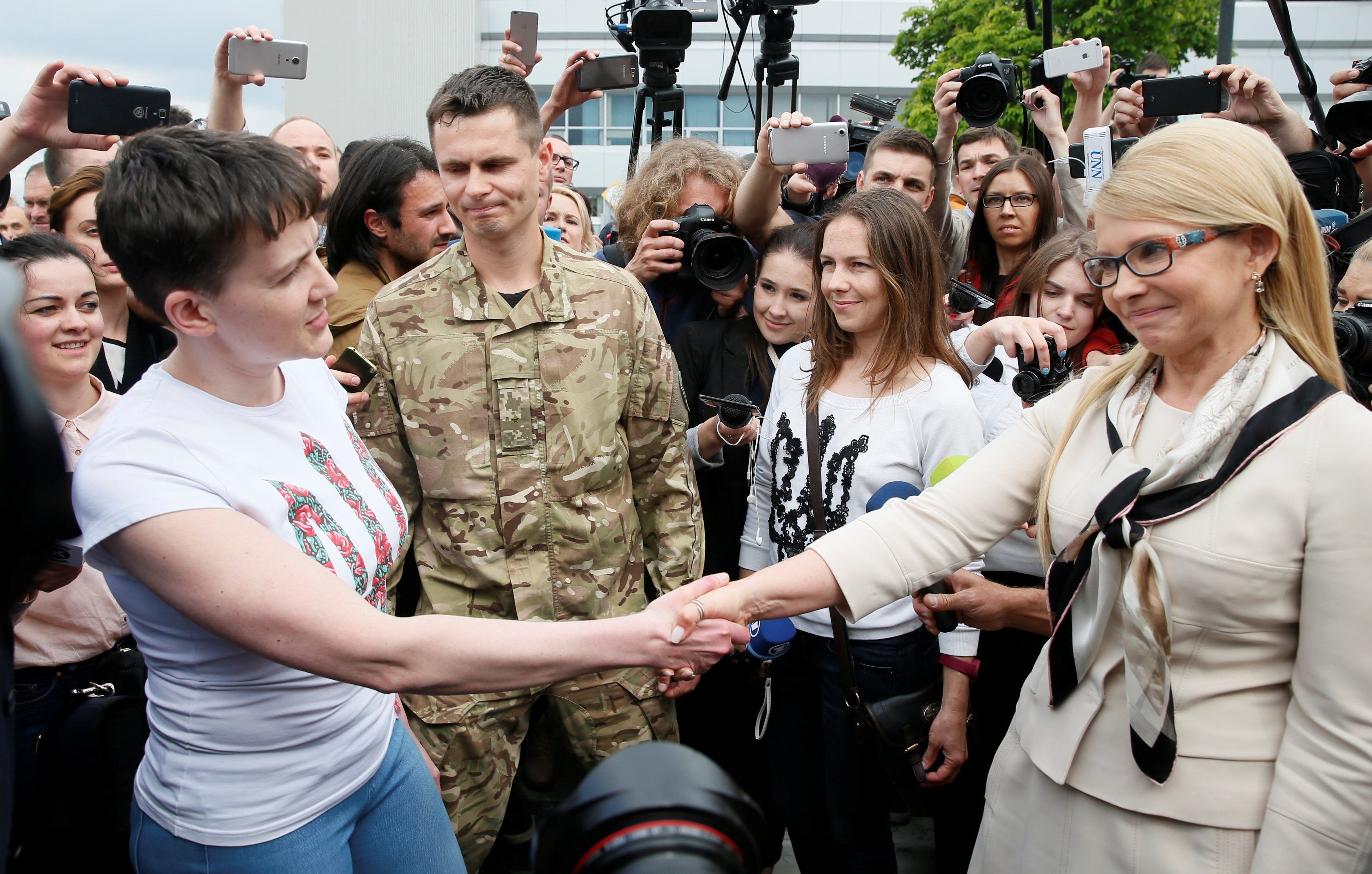
The fact was too obvious that the case of the Ukrainian pilot captured in the summer of 2014 and since held illegally in Russia was framed and unfounded from the very beginning.
Following the actual chronology of events – not the version of Russian propaganda masterminds- she was captured by the Russian-backed terrorists from the so-called Luhansk People’s Republic (LPR, or “LNR”) on June 18. The next day, June 19, Russian media released the footage with Savchenko’s interrogation and some of its text fragments. After that, she was transferred from Luhansk to Donetsk, and until July 5, the terrorists were holding talks with the Ukrainian side on Savchenko’s exchange for four militants earlier arrested by the Ukrainian law enforcers.
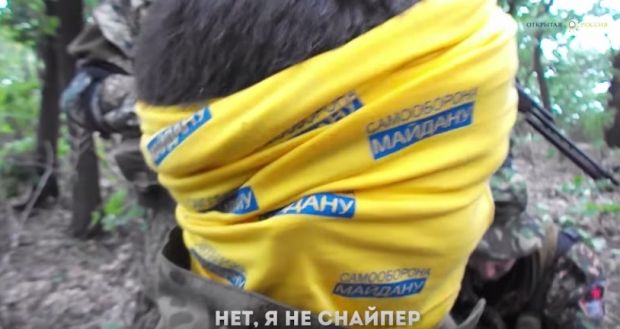
On the third day after the collapse of these talks, July 8, the Russian media reported that Nadia Savchenko was in jail in Russia’s Voronezh. It was also reported that she was being accused of the death of the two Russian journalists who were killed in the zone of the Anti-Terrorist Operation. However, the Russian journalists chose not to particularly focus on the fact that their colleagues Igor Kornelyuk and Anton Voloshin stayed in the Ukrainian territory engulfed in hostilities illegally, in a group of terrorists who were attacking the Ukrainian law enforcers and, in fact, the reporters acted at their own risk. Moreover, they had neither accreditation nor the must-have protective gear with the large "Press" print, with which their editorials had been obliged to provide them when sending their men on such a mission, in theory.
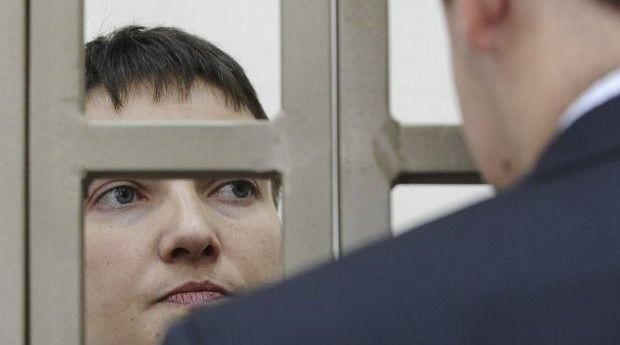
On July 9, representative of the Russian Investigative Committee Vladimir Markin said that Savchenko crossed the Russian border as… a refugee. He added that she was detained during an ID check. Yes, really, that’s if she escaped from the militant captivity and, instead of trying to get to her squad, went straight into the hands of the enemy. In fact, the Ministry of Foreign Affairs of Ukraine regarded such messages as a kidnapping of a citizen of Ukraine by law enforcement agencies of the neighboring state. "The Foreign Ministry of Ukraine expresses its strong and categorical protest in connection with the illegal transfer to the territory of Russia of Nadia Savchenko, a military serviceman of the Armed Forces of Ukraine, who was previously captured by members of the armed terrorist groups operating in the east of Ukraine. This is another proof that the terrorists are planning and implementing their crimes in the Ukrainian territory in close conjunction with the special services of the Russian Federation," read the statement.
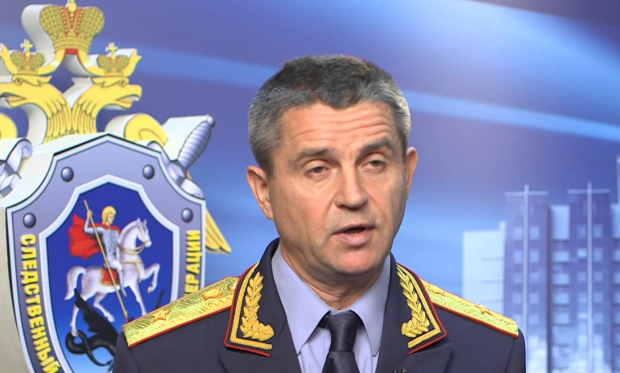
But diplomatic outrage was of not much help. So, Savchenko’s defense team, in the course of a judicial farce, which has been dragging for almost two years, had to prove the above-mentioned chronology using dozens of interviews and examinations. But to no avail.
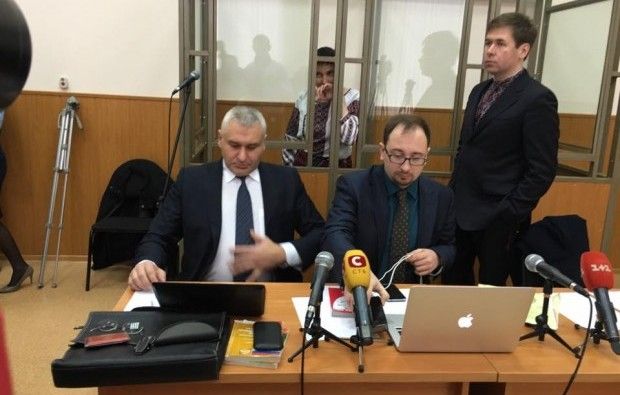
In the process of a "trial" of Savchenko in Russian courts, Nadia went on hunger strike several times, including “dry hungerstrikes.” Russia was condemned and criticized in this regard. The Ukrainians across the world carried out hundreds of rallies in Savchenko’s support, calling for the Kremlin to release the captive. European and American officials repeatedly attempted to back the calls for Savchenko’s release, stressing the illegality of the charges against her and of the fact that she was being held in a Russian prison. Finally, the Verkhovna Rada adopted a resolution to impose personal sanctions against those involved in the illegal imprisonment in the Russian Federation of Nadia Savchenko and other Ukrainians. A bit later there emerged a so-called "list of Sentsov-Savchenko," which included not only the pro-Russian terrorists in Donbas, but also the Russian officials responsible for political decisions on the abduction and transfer to the Russian Federation of Ukrainian citizens. There were also the security forces officers on the list, who committed this act, and those who falsified evidence during the pre-trial investigation and fabricated evidence during the judicial probe. However, the Ukrainian president handed this list, which included 44 Russian citizens and two citizens of Ukraine, to the president of the European Parliament just a few days before Nadia Savchenko was sentenced in March 2016.
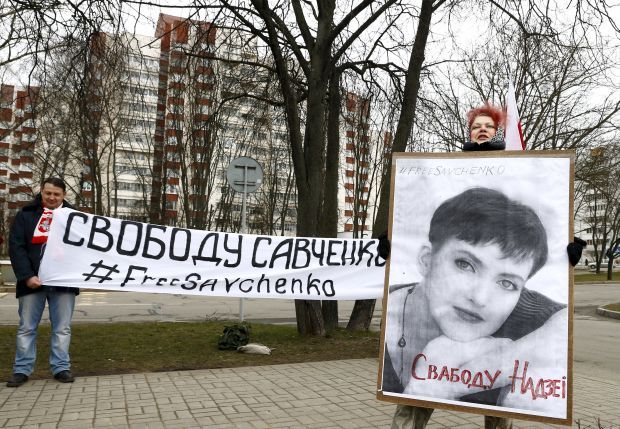
The verdict of the Donetsk City Court of the Rostov region of the Russian Federation, issued on March 22, entered into force on April 5, 2016. It sentenced Savchenko to a 22-year imprisonment in a penal colony for the murder of two Russian journalists in Luhansk in the summer of 2014...

Despite the fact that it was the widows of the killed journalists Igor Korneliuk and Anton Voloshin who asked the Russian president to "pardon" Nadia Savchenko, the Russian government never gave its fellow citizens any clarification on the legality of the reporters’ stay in the territory of Ukraine in the zone of the Anti-Terrorist Operation the summer of 2014. Neither did the Kremlin announced the return to Russia of GRU officers Yerofeyev and Alexandrov in exchange for Savchenko.
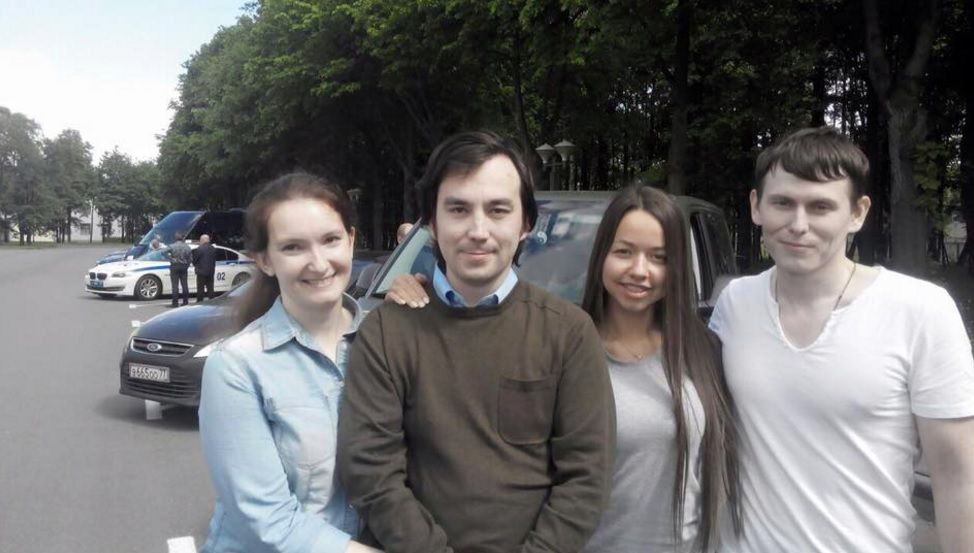
UNIAN

